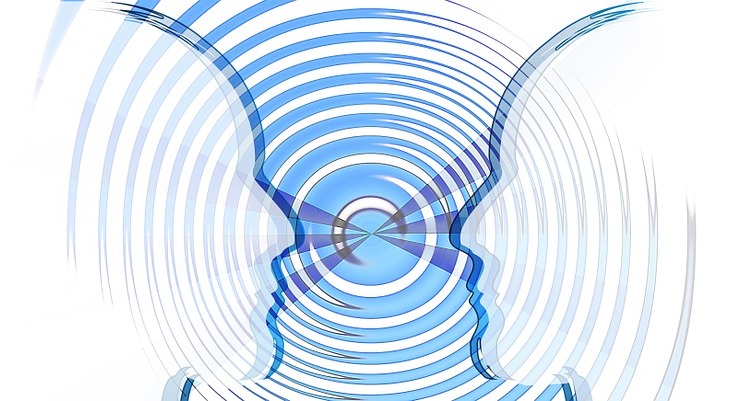 Do you think you’re good at reading other people’s facial expressions? You might be surprised!
Do you think you’re good at reading other people’s facial expressions? You might be surprised!
While facial expressions provide a key insight into the emotions of other individuals, empathy may be even more important for laypeople to understand the emotions of fellow humans.
In a new study, Dr. Haotian Zhou from Shanghai Tech University and Professor Nicholas Epley from the University of Chicago asked a series of participants, let’s call them Group A, to review a series of emotionally charged photographs. Some photographs displayed depressing images, while others were cheerful or idyllic.
These participants were then asked to write down their emotional reactions to each photograph, and their faces were recorded with a video camera. Then, additional groups of participants were brought in to review these records, attempting to properly identify Group A’s emotional reactions.
These subsequent participants were divided into three categories. The first practiced “theorization,” and sought to determine Group A’s emotional reactions based on facial observation. They watched the video camera footage but were not told what the Group A participants were viewing.
This “theorization” cohort was contrasted with a group of participants who tried to identify emotional reactions based on the photographs alone, without exposure to the recorded expressions. This required them to empathize with how other individuals would feel in that situation.
Interestingly, the “simulation” group’s efforts proved to more effectively identify Group A’s expressions. In fact, the advantages of the simulation model were so striking that additional participants with access to both the video footage and the photographs were no more accurate than those that just examined the photographs.
While it may seem obvious to some of you that empathy would be a powerful tool in understanding other people’s emotions, most participants seemed to underestimate this potential. When given a choice between approaches, only a minority of participants selected the “simulation” method.
The study also examined whether it would be advantageous for participants to compare images of their own facial expressions with members of Group A. Hypothetically, this could have allowed them to better understand Group A’s emotions from video camera footage by comparing their own expressions with emotions. That said, those participants were no more accurate than other groups.
While this study underscores the power that empathy can have in promoting interpersonal understanding, we do not always have the ability to simulate other people’s experiences, as stimuli vary wildly beyond simple reactions to photographs.
It is at those times where micro expression reading is critical, but this study shows how difficult that can be without proper training. While the participants in this study were untrained, it would be revealing to see how Humintell staff, or those trained by Humintell, could have performed.
For more information on developing this skill click here.